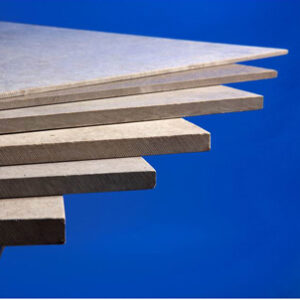 Yes, fiber cement board is highly resistant to rot, pests, and mold. This is one of its primary advantages over traditional building materials like wood or drywall, especially in damp or humid climates.
Yes, fiber cement board is highly resistant to rot, pests, and mold. This is one of its primary advantages over traditional building materials like wood or drywall, especially in damp or humid climates.
Rot Resistance
Fiber cement board is made from a blend of cement, sand, and cellulose fibers. Because it’s a cement-based product, it’s not a food source for wood-eating organisms or a host for rot. Unlike wood, it won’t swell, warp, or decay when exposed to moisture. This makes it an ideal material for exterior siding, as well as for wet interior areas like bathrooms and kitchens.
Pest Resistance
The dense, inorganic composition of fiber cement makes it unappealing and impenetrable to pests. Termites, carpenter ants, and other insects that typically destroy wood cannot chew or tunnel through it. It also resists damage from birds like woodpeckers that often peck at wood siding in search of insects.
Mold Resistance
Mold and mildew require an organic food source to grow. Since fiber cement board contains minimal organic material, it does not support mold or fungal growth. While mold can still grow on the surface of any material if dirt and moisture are present, it won’t grow into the board itself. A simple cleaning with a mild detergent and water can remove any surface mold without damaging the material.
SEP
2025
